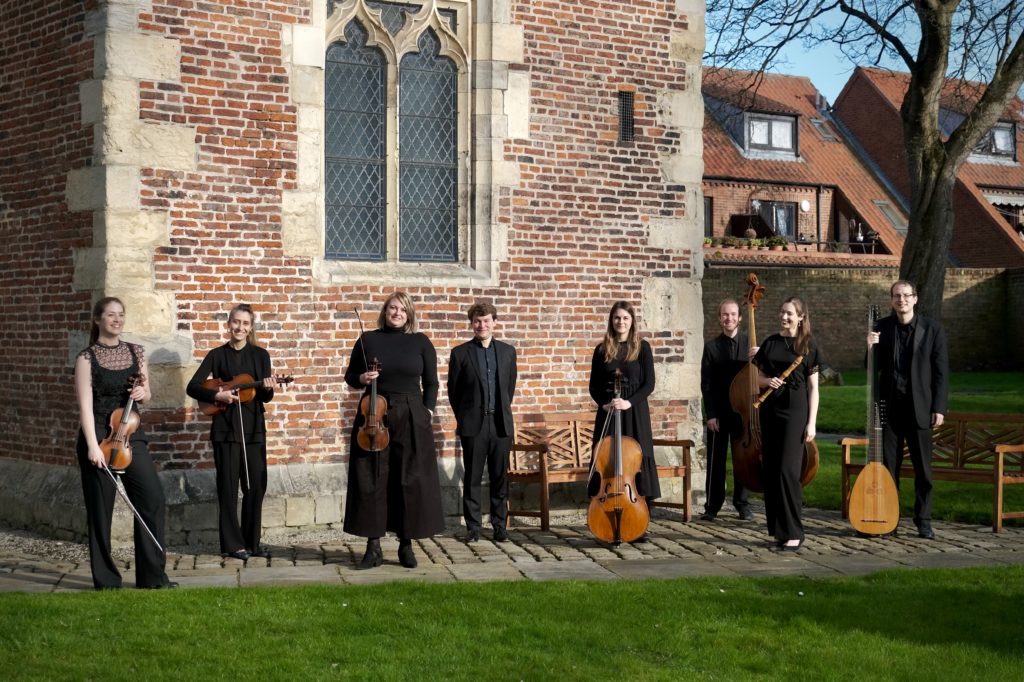
Yorkshire Baroque Soloists at 50, Sir Jack Lyons Concert Hall, University of York, January 25
IT hardly seems possible that Yorkshire Baroque Soloists has been in existence for half a century.
Founded by Peter and Yvonne Seymour, along with trumpeter John Wallace, who was a postgraduate student at University of York at the time, it has ploughed a steady, reliable furrow ever since, often alongside Yorkshire Bach Choir, which began life six years later.
This was a low-key celebration, partly because soprano Bethany Seymour had been under the weather, necessitating a late change of programme. Gone was a Bach solo cantata, replaced by a second Telemann trumpet concerto, thanks to the presence of the Danish trumpeter Niels Tilma, a dab hand on early trumpets.
There were also Bach concertos for violin and for harpsichord, along with two Handel arias and a cantata by Domenico Scarlatti.
In truth, it was a bit of a curate’s egg, good in parts. Hero of the evening was Tilma himself. In both Telemann pieces he was both lithe and accurate, playing a valveless clarino trumpet and making light of their high-lying lines.

Telemann rests his soloist for most of his slow movements. The exception was the lovely Adagio at the start of his only designated concerto for trumpet. The other ‘concerto’ was in fact a Sonate de Concert with two violins in close attendance, providing lively dialogue.
Bethany Seymour sang despite her troubles, although her coloratura lacked its customary clarity in ‘Let The Bright Seraphim’ (Samson). In the other Handel aria, ‘Eternal Source Of Light Divine’ from Ode For The Birthday Of Queen Anne, she duetted neatly with Tilma’s trumpet. Sad to say, her Italian diction in the concluding Scarlatti cantata let her down: this hall is notoriously unkind to ladies’ voices.
That left two concertos, the only works here not using trumpet. Lucy Russell, whose career as a violinist more or less began with this ensemble and has blossomed notably since, especially as leader of the Fitzwilliam Quartet, gave a confident account of Bach’s A minor Violin Concerto. With only five strings to support her, the bass line – of violone as well as cello – was generally too prominent. But the finale was still exciting.
Less imposing was the Harpsichord Concerto in A, with director Peter Seymour at the keyboard. The problem was a lack of immediacy, caused by having the entire ensemble – eight at its maximum – situated in the back half of the stage, so that there was a large gap between players and audience.
Some harpsichord detail was inevitably indistinct, especially in the hectic finale, although the opening movement travelled at a pleasing clip. Nevertheless, prophets should not be without honour in their own country and we may be extremely grateful to have had such a consistently proficient ensemble in our midst for so long.
Review by Martin Dreyer


